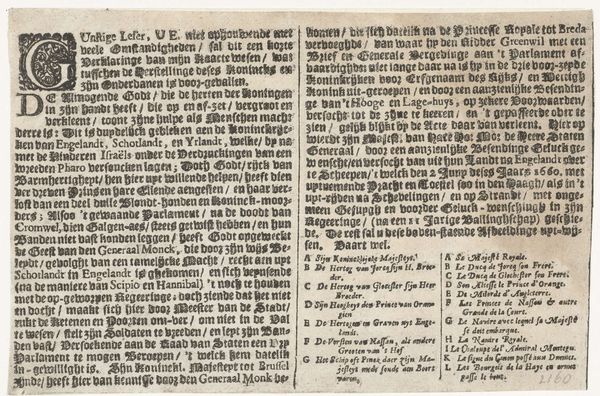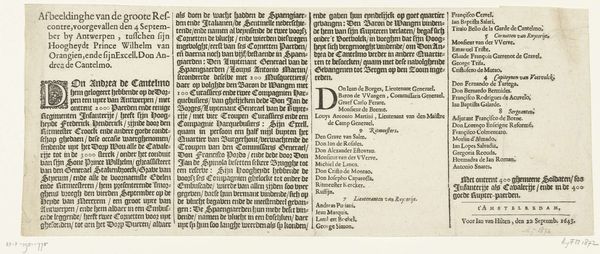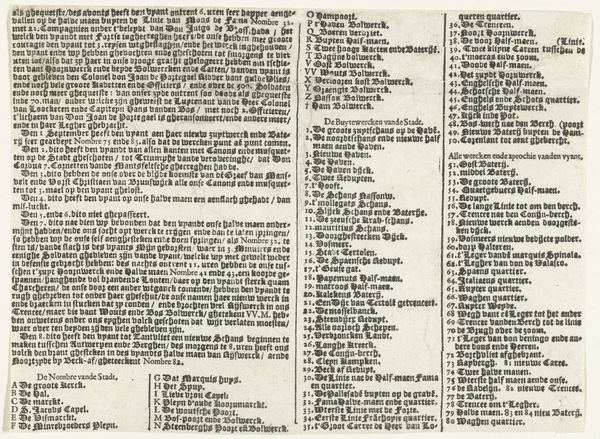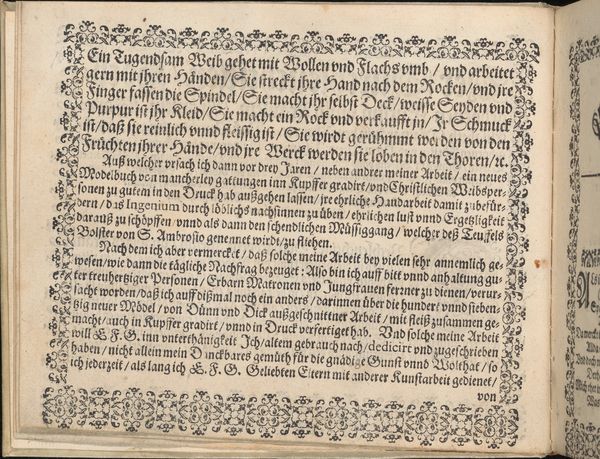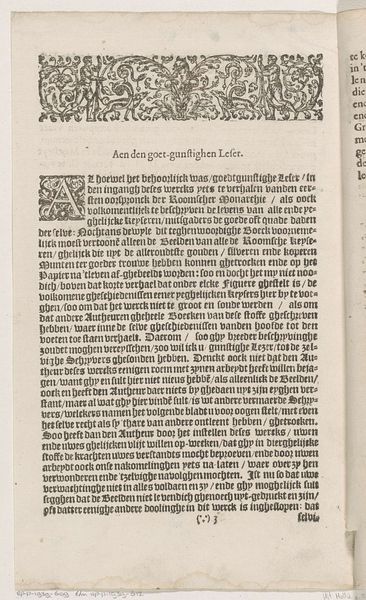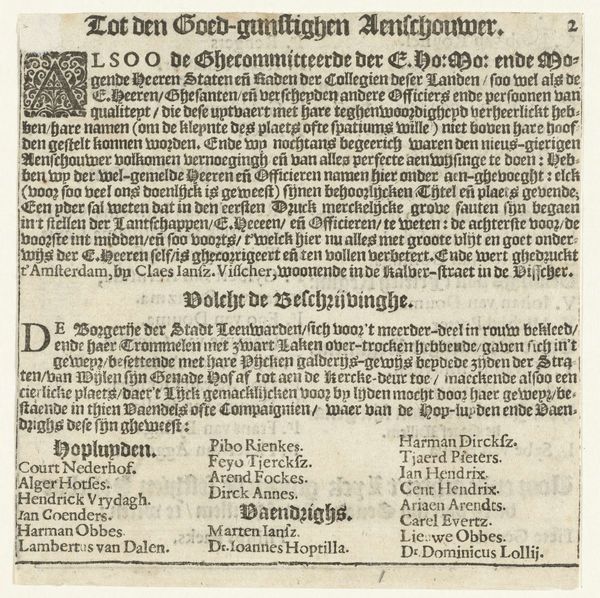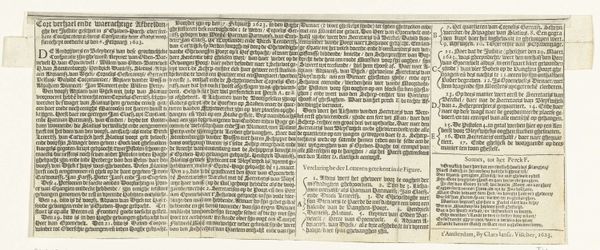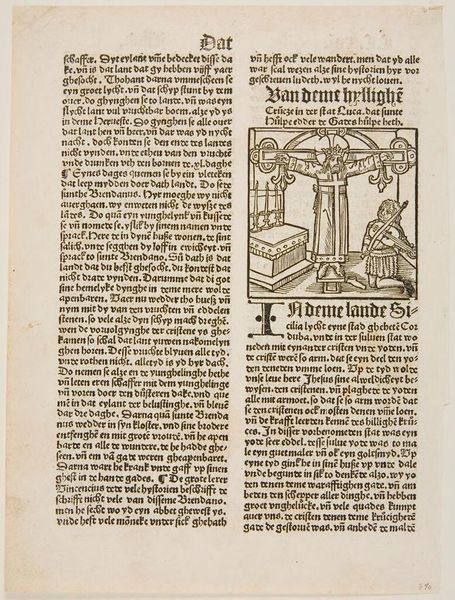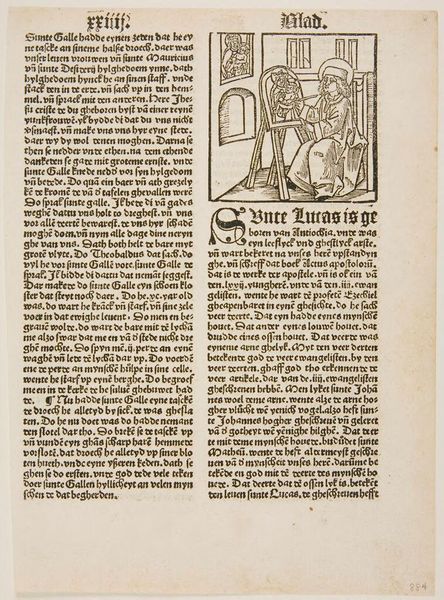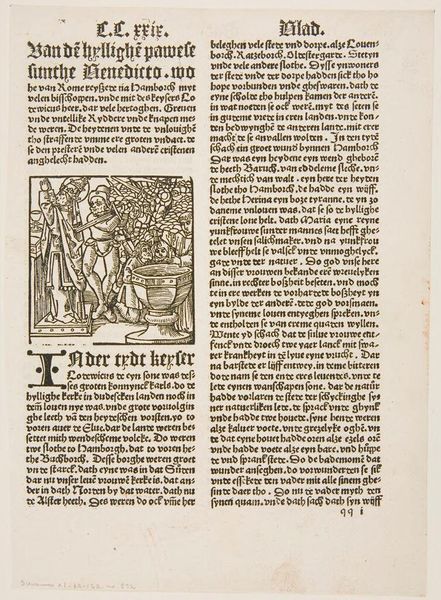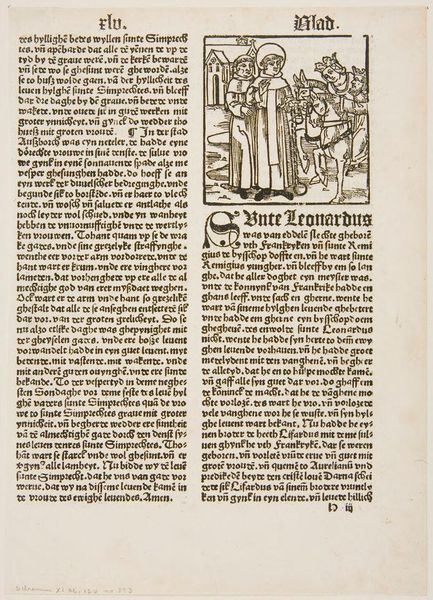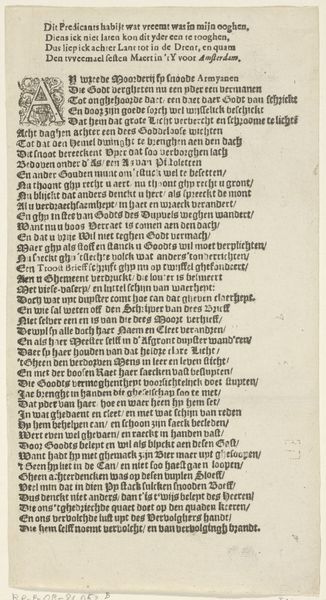
Tekstblad bij de kaart van het beleg van Bergen op Zoom, 1622 1622
0:00
0:00
drawing, graphic-art, print, etching, paper, typography, engraving
#
drawing
#
graphic-art
#
type repetition
#
rippled sketch texture
#
script typography
#
hand-lettering
#
dutch-golden-age
# print
#
etching
#
hand drawn type
#
hand lettering
#
paper
#
typography
#
hand-drawn typeface
#
stylized text
#
thick font
#
engraving
#
small lettering
Dimensions: height 89 mm, width 277 mm
Copyright: Rijks Museum: Open Domain
This is a text sheet made by Claes Jansz. Visscher in 1622 to accompany a map of the siege of Bergen op Zoom. The sheet’s visual structure is immediately striking, divided into dense columns of text arranged in a grid-like composition. Its materiality, defined by the fine lines of the print and the stark contrast between ink and paper, invites close inspection. The artist uses the structural elements of language itself—sentences, paragraphs, and lists—to convey a sense of order, attempting to create a semiotic space where information is neatly categorized and presented. However, the sheer density and volume of the text challenge this order. The eye struggles to find a singular entry point. This tension between order and chaos reflects broader cultural themes. It mirrors the struggle to impose legibility onto the world amid historical conflict. Ultimately, the text sheet operates on multiple levels: as a historical document, a work of art, and a complex interplay of semiotic codes that invite us to explore the relationship between language, space, and historical understanding.
Comments
No comments
Be the first to comment and join the conversation on the ultimate creative platform.
